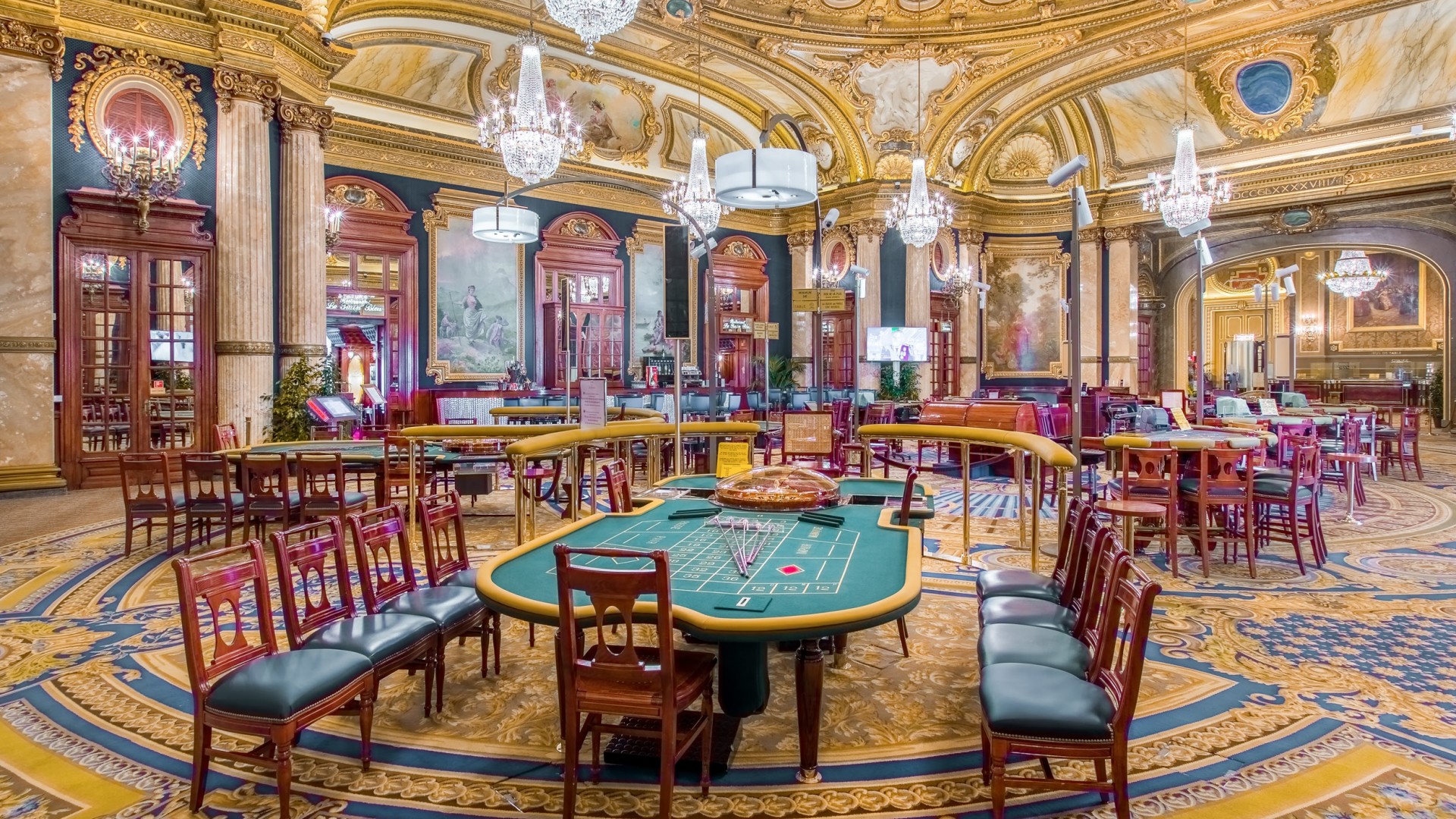
Within a lively and thrilling world of casinos, wherein luck and tactics intertwine, color and design play a key role in drawing in gamblers. From the moment visitors step into a casino or log into a gaming platform, they are enveloped in a sightly feast that captures their attention and lures them to explore more. Vivid colors, engaging graphics, and innovative layouts are carefully crafted to create an atmosphere of excitement and expectation, ultimately enhancing the gaming experience.
While players move through the dynamic landscape of casino games, they encounter a variety of designs that not only serve aesthetic purposes but also influence feelings and choices. Hues like scarlet and gold symbolize wealth and luck, while calm blues and emeralds can create a more relaxed environment. Understanding how these elements function together allows casinos to create an inviting and energizing atmosphere that encourages players to engage with the games, invest more time at the tables, and increase their overall enjoyment.
The Psychology of Hue in Gaming Establishments
Tint plays a key role in the design of casino games, influencing players’ feelings and responses. Casino FB88 Vivid and bold colors, such as red and gold, are often used to ignite thrill and capture notice. These shades create a sense of urgency and vitality, encouraging players to engage more eagerly with the game. By thoughtfully selecting tints, developers aim to evoke emotions of satisfaction and anticipation, which can enhance the overall player experience.
Distinct hues also have psychological connotations that can influence how participants perceive their chances of winning. For case, emerald is often associated with luck and prosperity, making it a popular choice in games like the roulette wheel and poker games. This association can lead players to feel more optimistic and confident in their gameplay, ultimately motivating them to wager more. Understanding these links allows game creators to craft environments that enhance player satisfaction and engagement.
Furthermore, the interface of gaming interfaces often utilizes color gradients and opposing hues to direct players’ responses. For instance, winning results may be accentuated with bright, differing shades, creating a visual cue. This approach reinforces positive outcomes and supports repeated engagement. By utilizing the psychology of color, gaming venues can create games that not only draw players but also hold them engaged and invested in their gaming experience.
Design Elements that Engage Gamers
The visual appeal of gambling games is largely influenced by the implementation of bold colors. Bright and striking colors are deliberately chosen to create an appealing atmosphere that grabs attention. For example, reds and golden hues often signify good fortune and wealth, which is why they are common in the palettes of gaming machines and game surfaces. These colors not only attract players in, but they also stir emotions related to excitement and anticipation, enhancing the total gaming experience.
In addition to color, the aesthetic and organization of gambling games play a significant role in captivating players. Games are designed to be intuitive, ensuring that players can easily understand the guidelines and mechanics. Accessible interfaces, along with captivating graphics and motion, help maintain gamer interest and promote longer play sessions. The physical elements, such as the texture of the buttons and the audio of the games, also add to a holistic sensory experience that keeps players engaged.
Finally, conceptual elements in gaming design can significantly influence player choice. Many casino games are inspired by media, fairy tales, or exploration motifs, featuring symbols and characters that resonate with players. These themes create a sense of engagement and connection, making each game feel distinct. When players feel a bond to the concept, they are more likely to opt for that game over others, leading to higher participation and enthusiasm within the gambling environment.
Case Studies: Effective Casino Table Game Designs
One prime example of effective casino game design is the popular slot machine series themed around blockbuster movies. Games such as those based on the Wizard of Oz and Game of thrones utilize vibrant colors and top-notch graphics to immerse players in recognizable narratives. The employment of dynamic visuals and captivating sound effects grabs the interest of players, creating an emotional connection to the theme. This approach not just encourages longer play but also boosts the overall gaming experience, yielding increased player retention.
Another notable case is the use of the psychology of color in table games like blackjack and roulette. Casinos often develop these games with deep reds and greens, colors traditionally linked with luck and wealth. FB88 For instance, the emerald felt on a 21 table provides a soothing effect, while the red accents in the wheel invite thrill. This intentional use of color helps to establish an inviting atmosphere that encourages players to join in, satisfying their psychological impulses and enhancing their enjoyment.
Finally, social casino games that include community features and vivid, colorful designs have seen remarkable success in engaging players. Games like Zynga Poker and Slot-O-Mania leverage striking colors and playful animations to forge an inviting online environment. The integration of leaderboards, social sharing options, and in-game rewards fosters competition and community, attracting players in for longer sessions. Such designs not just make the games visually appealing but also underscore social interaction, a crucial factor in player retention and engagement within digital casino environments.
